‘Screaming in pain’: Mum’s warning after two-year-old’s horror sunscreen experience
A Victorian mum-of-two has issued a warning about sun safety, after one sunscreen left her two-year-old son so burnt he was “screaming in pain”.

As thousands of Australians take to the beach today — and in the weeks to come, soaking up the last dregs of summer — they’ll also no doubt straddle the delicate line between just enough vitamin D and a horrific sunburn.
No one is perhaps more familiar with their plight than Victorian mum of two Elizabeth Woods, whose efforts to keep her young sons safe from the sun has been a “constant battle” — especially when it comes to finding a sunscreen that works.
Her eldest son, Mitchell, is anaphylactic to nuts and multiple other things — meaning it was difficult to find an SPF he wouldn’t react to, a task made harder by the fact most sunscreen manufacturers only list the product’s active ingredients.
“But once we found one that worked for him, it was great,” Ms Woods told news.com.au.
For her youngest son, two-year-old Harvey, it’s been an even harder experience.
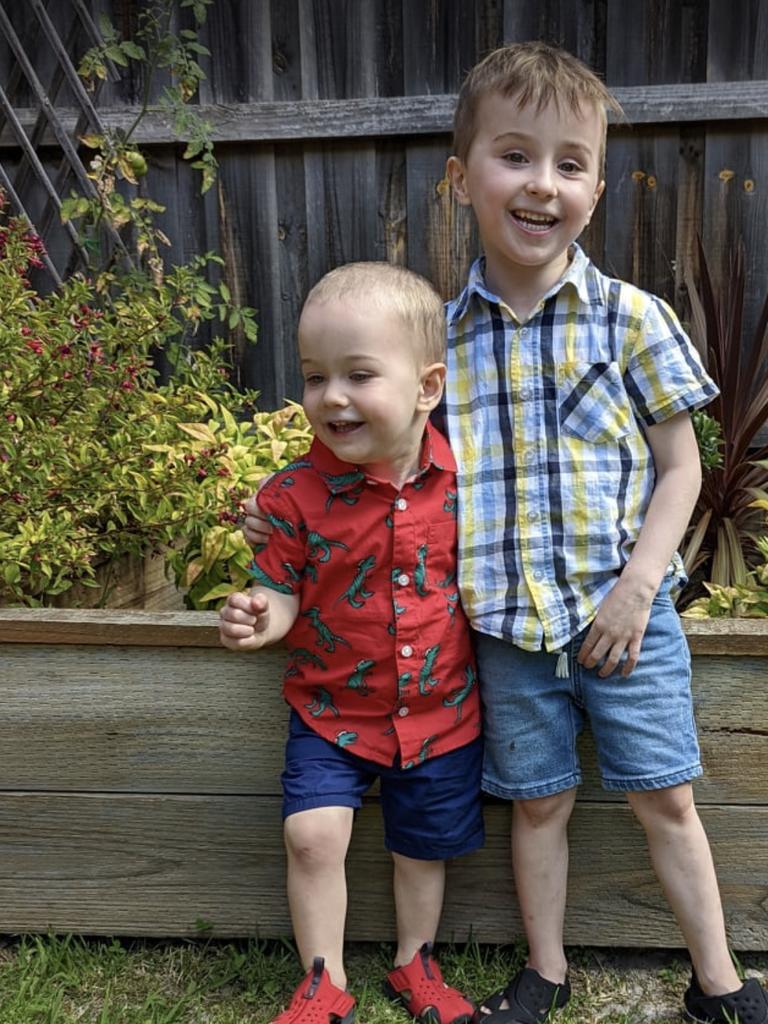
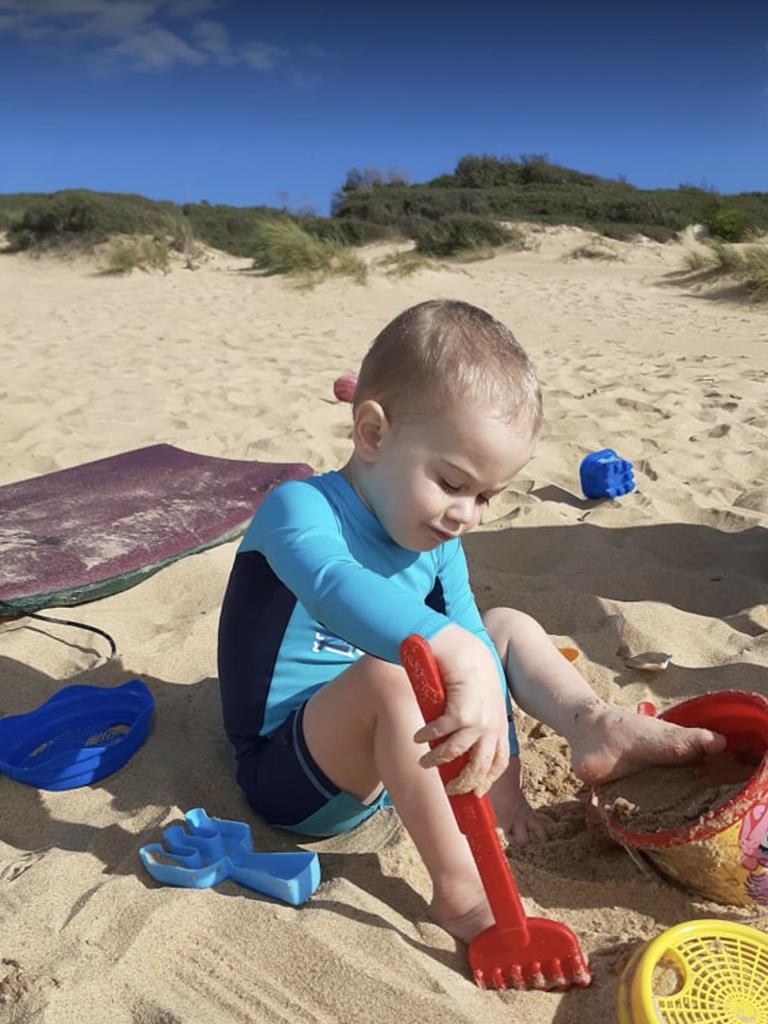
“We just assumed that he’d be able to use the same as his brother, but we’ve probably gone through about nine or 10 different types. And because we can’t compare them all to each other — because they’re not listing everything — we don’t know what it is in it that he’s reacting to,” she explained.
Slathering him in popular sunscreens sold in major supermarkets has often left him “so red that it does freak you out”, both from the reaction of his skin to the product, and the sunburn that he’s left with.
“It’s never been to the point of blistering, but there have been times when I’ve looked at him, even when he’s been out in the sun for an hour, and I can already see he’s red and I know that the sunscreen’s not working for him,” she said.
With sunscreen such an essential product for young children, Ms Woods said it’s hard not to feel nervous about how her son’s skin will look when he comes home at night after a day in someone else’s care.
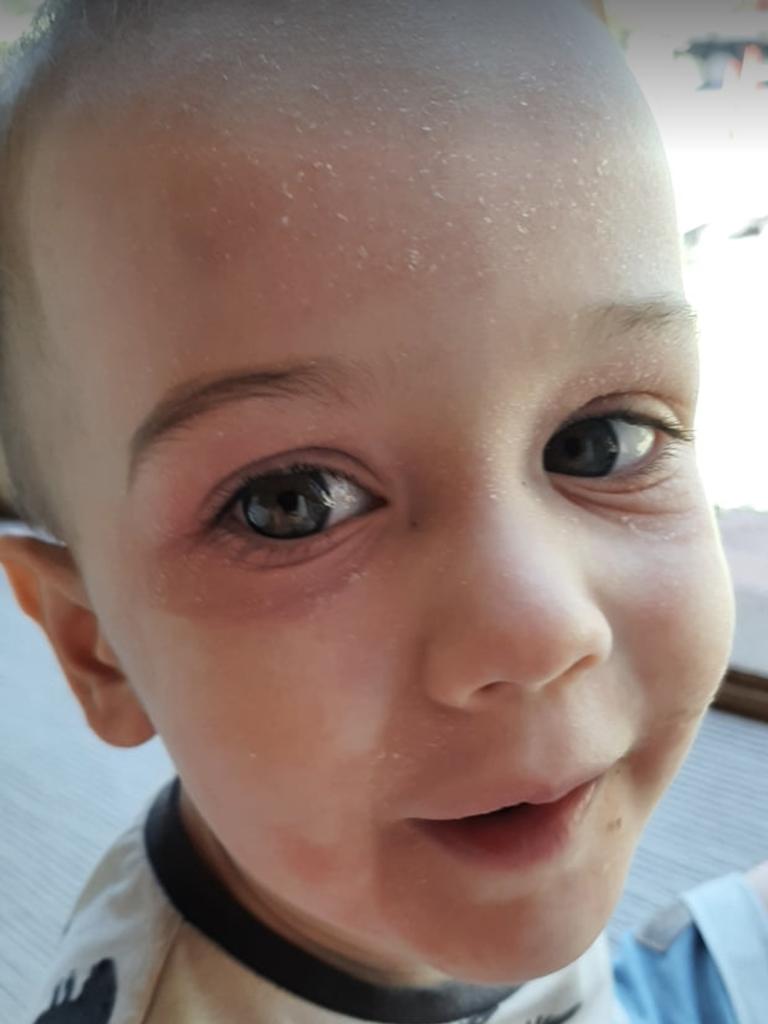
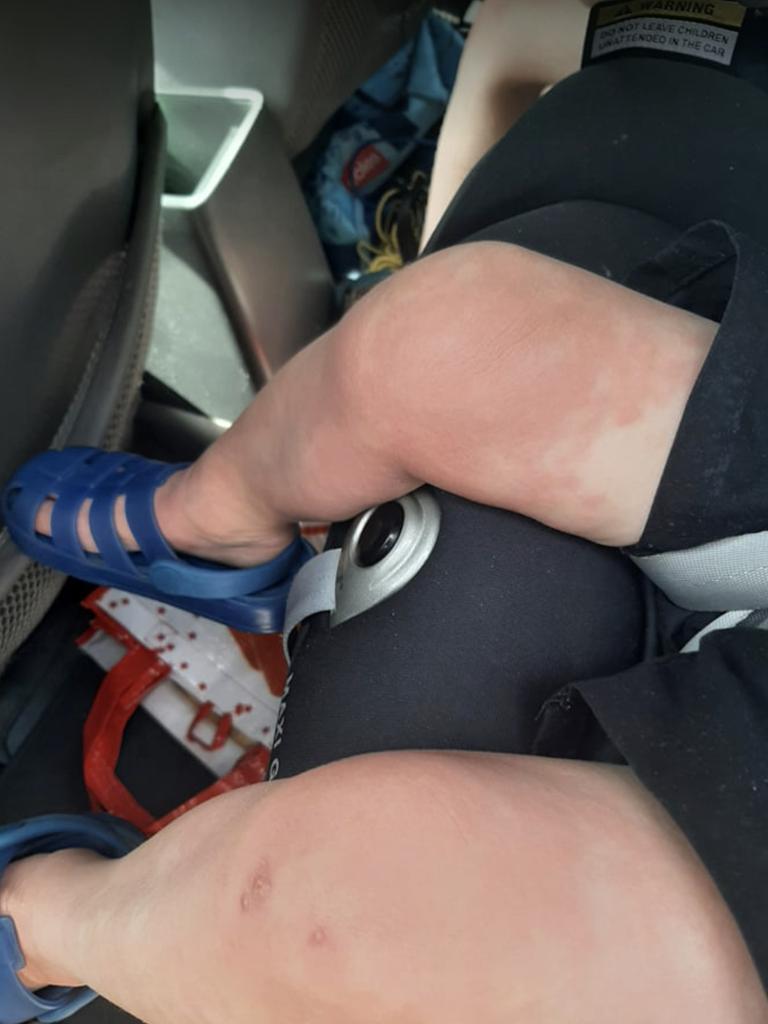

“He’s at childcare today and I know that he’s going to come home tonight and have red raw skin and we just have to go through the processes that we do of moisturising him, trying to calm his skin down with creams and ointments and all sorts of things. So it’s an ongoing battle,” she said.
“He just basically has to wear long sleeves and a big wide brim hat and we try and minimise the amount [of sunscreen] we put on him because that’s easier than putting a product on him that he might react to and then having to deal with — you know, there’s times when he’s come home from childcare or when we’ve tried a new sunscreen and his skin was so bad that even moisturising him to try and calm it hurt.
“And he was screaming in pain at me, and that’s heartbreaking as a mum because you’ve done that to them — it wasn’t intentional, because they’re selling these products as suitable for kids and babies — but then my kid’s screaming in pain at me because of the after effect of it.”
Her family have found a product that seems to be doing the trick — and not having too much of an impact on Harvey’s skin — in Australian natural skincare brand MooGoo’s offering.
But better transparency from brands about all ingredients in a product is still needed to make life easier for parents with kids with allergies, Ms Woods said.
“You’d actually be able to identify what it is that’s giving them the reaction. Whereas at the moment, because they only have to list those active ingredients, I don’t know what’s in it,” she said.
“And that does make it scary as a parent with kids with allergies.”
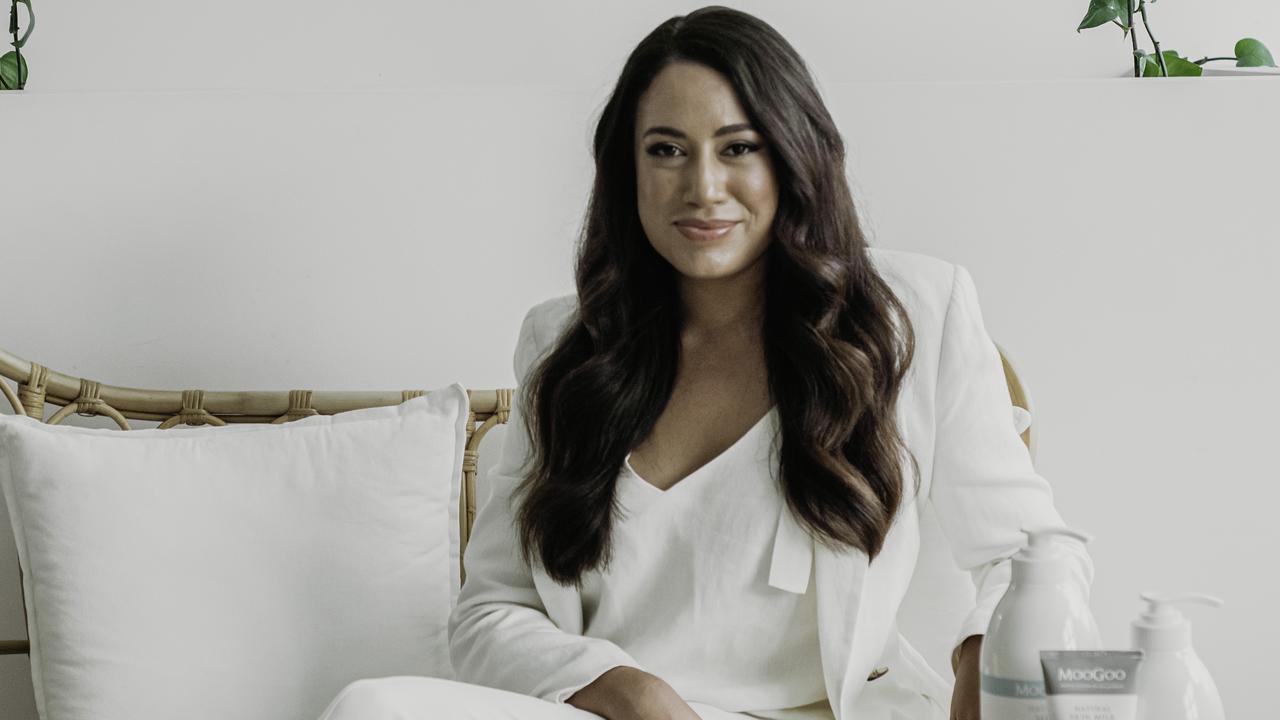
MooGoo CEO, Melody Livingstone, agreed, saying that not listing ingredients on sunscreen labels makes it impossible to make informed choices about what you’re using on your body.
“There’s never been a more important time to really educate ourselves on what is in the sunscreens we so heavily rely on,” Ms Livingstone said.
“Sunscreen labels in Australia only need to list the active ingredients — which typically make up 20 to 25 per cent of the product — and preservatives, which account for around one per cent.”
“That means that consumers don’t know what the other three-quarters of ingredients are — and can’t make informed choices.
“Not showing all ingredients on products is a public health hazard at a time when so many people have allergies. There is simply no reason not to disclose ingredients.
“Even worse, many Australians are avoiding using sunscreens due to increased instances of allergic reactions.”






